This volume analyses the recent financial upheaval in East Asian countries, long considered model economies, quite immune to such affliction. In tracing the origins of the crisis and explaining different phases, Rakshit re-examines the mainstream theories and policies, and draws some interesting analytical and policy conclusions. With the breakdown of the Bretton Woods system in the early 1970s and increasing integration of global capital markets over the last three decades, currency crises have become a regular phenomenon, especially in emerging market economies. Countries are faced with sharp declines in standards of living as well as serious setbacks in the growth process even after the turmoil has subsided. It is difficult, under the circumstances, to over-emphasize the importance of understanding the factors leading to currency crises as well as finding preventive and prescriptive measures. Of particular interest is Rakshit’s identification of factors that differentiate the Asian crisis from the earlier ones. He assesses the unique role of economic fundamentals and self-fulfilling expectations in causing currency crises. In this context he suggests comprehensive policy measures to make countries less vulnerable to currency crises and to help limit their damaging impact. These measures relate to modes of financing, taxes and government expenditure programmes, banking system, exchange rates, capital flows, and the international financial systems. The book is essential reading for policy-makers and economists. General readers including business and political analysts will also find the book immensely valuable.
The East Asian Currency Crisis
In stock
Free & Quick Delivery Worldwide
reviews
Bibliographic information
Title
The East Asian Currency Crisis
Author
Edition
1st ed.
Publisher
ISBN
0195657233
Length
xii+288p., Tables; Figures; 23cm.
Subjects

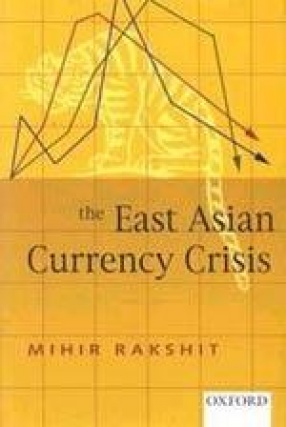
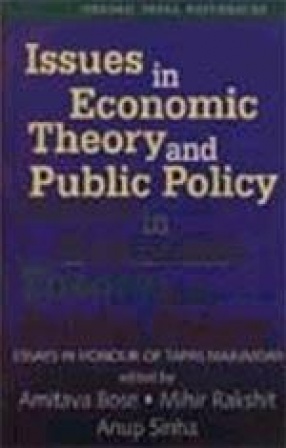
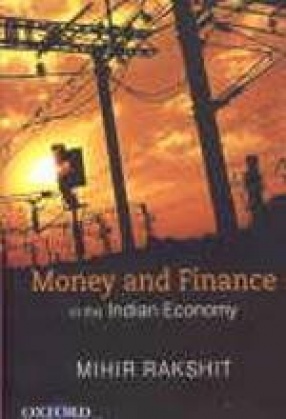
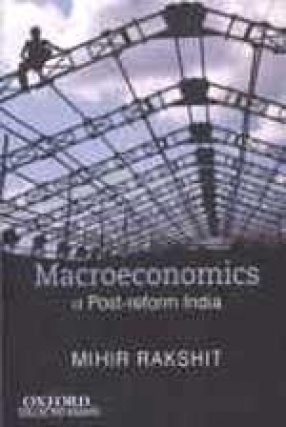
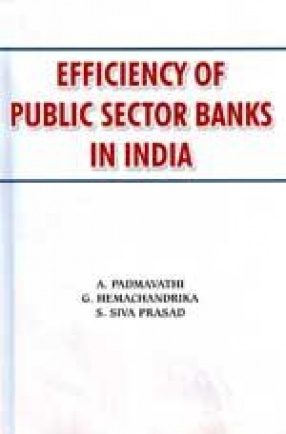
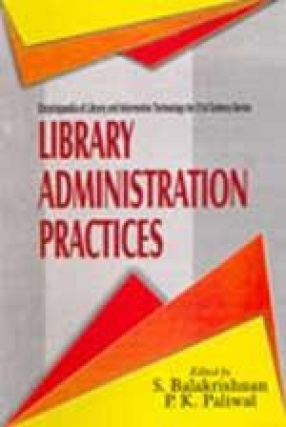
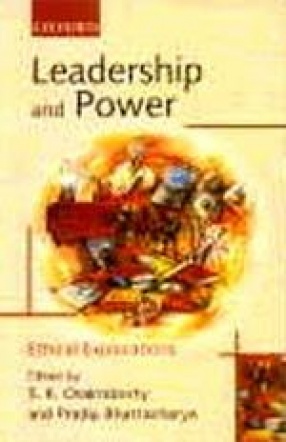
There are no reviews yet.